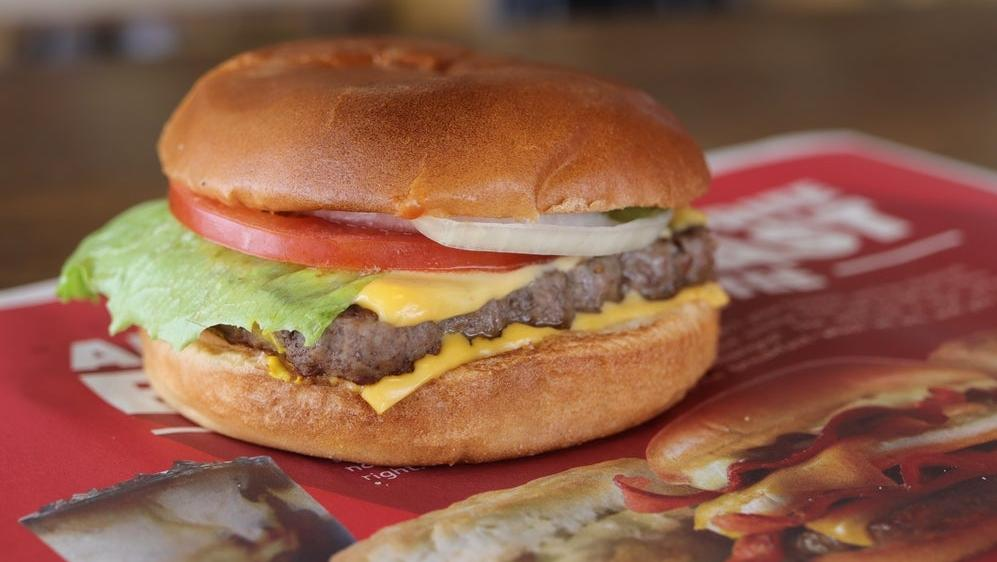Wendy's Changes Its Mind About The Future
The fast food chain is taking a more traditional approach in 2023.
Without a doubt, the pandemic changed the structure of the fast food industry—but maybe not forever. Wendy's, after embracing COVID-era adaptations for nearly three years, has decided to change course. The fast food chain's leadership communicated in its most recent earnings call that the company will be moving away from its previous plan to scale up its delivery business.
"We do not envision that delivery kitchens will be a large element of our growth trajectory moving forward," said Wendy's CEO Todd Penegor on the call. "We believe our efforts are better spent driving more access to the Wendy's brand through our global next-gen design."
Wendy’s (brief) history with ghost kitchen delivery
Like many other restaurants, including Famous Dave's and Chuck E. Cheese, Wendy's realized in the midst of the pandemic that with all its dining space sitting empty, it could invest elsewhere to future-proof the business. In order to capitalize on more delivery business, Wendy's began investing in delivery-only locations, aka ghost kitchens, where mobile orders are prepped for third-party delivery workers but customers can't order or eat on site.
Wendy's was so confident in this strategy, in fact, that in 2021 it unveiled plans to open 700 ghost kitchens by 2025 through a partnership with a ghost kitchen company called REEF. The 700 delivery-only restaurants were to be opened across the U.S., Canada, and the U.K., following a successful run of eight locations in Canada. Even though the announcement was made in August, Wendy's announced its intention to open 50 new kitchens in the U.S. by the end of the year. At the time, the general understanding was that delivery was key to almost any business surviving the pandemic, and Wendy's knew that.
"The demand for convenient delivery solutions means we must look for opportunities beyond our traditional restaurant formats, especially in dense urban areas," Abigail Pringle, Wendy's President, International and Chief Development Officer, said in 2021 when the plans were announced. "This partnership with REEF is testimony to our ambitions, the potential we see to grow our beloved brand and our quest to reach more customers in more ways."
In addition to adding more delivery-focused locations across multiple markets, Wendy's also updated its menu to better suit the new model. The brand introduced a new recipe for its french fries with the aim of keeping the fries crisp for the duration of a delivery. The new recipe featured skin-on potatoes, with a new type of coating to help retain crispness longer. This was the first time the chain had made any change to its fries in more than 10 years.
What Wendy’s is doing now
Wendy's ghost kitchens are still present in the U.K., with 16 locations operating at the end of last year, Nation's Restaurant News reports. However, back in August 2022, Wendy's was already scaling back its deal with REEF, planning to open just a fraction of the original 700 planned ghost kitchens.
The fast food chain's revenues were $536.5 million in the fourth quarter of 2022, up from $473.2 million in the same period of 2021. The company attributed this increase to higher sales at its company-operated restaurants and higher same-store sales. And although Penegor noted on the recent investor call that testing and learning from the chain's non-traditional locations (aka ghost kitchens) is important, the CEO added that the company's focus moving forward will be on "traditional freestanding restaurant[s]."
Wendy's is also looking to boost mobile ordering, and the chain is partnering with Google in that effort. The brand is testing voice and visual AI technology in the Columbus, Ohio area where it's based. Additionally, Wendy's is looking to expand its footprint globally: It's planning more locations in Canada and the U.K. and seeking new market opportunities in Ireland, Spain, Mexico, India, the Philippines, as well as beginning franchises in Australia.
Wendy's sounds hopeful about its growth opportunities, though it's undeniable that the brand is simply taking a very different approach than it was this time last year. It could be a sign that the world's largest restaurants are no longer feeling limited by the business restrictions of the COVID era.
